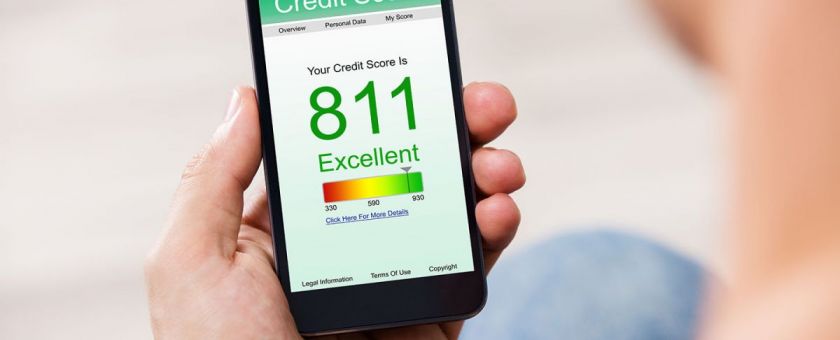Credit scores and credit reports explained

Share this guide:
Last updated: 05 August 2021
To get the best rates on a personal loan, as well as a credit card or mortgage, you will need a good credit score. Although it is more difficult to take out a loan with bad credit, it’s not impossible.
You can compare loans with usave to figure out which is best suited to your needs. Here we will break down the essentials of credit scores and reports and outline your options when applying for loans with bad credit.
Compare loans today
Get a quick online decision within minutes and check your eligibility applying without affecting your credit rating!
Coming soonWhat is a credit report?
A credit report is a historical overview of how you have managed your finances. The easiest way to think about it is a financial CV, where all of your information is assessed by lenders to see whether you would be a reliable person to lend money to.
This report will be made up of things such as unpaid accounts, bankruptcy filings, or repossessions. These reports are compiled by organisations known as credit reference agencies (CRAs). In the UK the three CRAs are Experian, Equifax, and Callcredit.
What affects your credit rating?
A credit rating is similar to a credit score but not exactly the same. Each CRA will have their own method of how to judge whether to offer you credit and it can take the form of a number or a series of letters (AA for example).
Your credit rating is made up of your history of borrowing, and whether you have been responsible with your money. Therefore, if you have had issues with repayments of loans in the past then your credit rating can be affected, and it can take a while to rebuild your credit history.
If you have never used credit before then there will be little evidence for lenders to evaluate you, which could mean you may have a low rating.
If you believe you've got a poor credit rating, check out our guide on how to improve your credit score.
What is a good credit score?
A credit score is essentially the same as a credit rating. It is a number usually between 1 - 1000 which will tell lenders how much of a risk you are to give a loan to.
There is no set ‘good’ score because each CRA will have a different way of evaluating you. Not every CRA is sent the same data from lenders so they will therefore have different results.
A good rule of thumb is that the higher credit score the better. Take one of the biggest credit agencies Experian for example. Anything between 0 and 560 is considered very poor and anything between 881 and 1000 is good to excellent. In general, most scores in the UK fall between 300 and 850. The best way to understand your credit history is to use each CRA in turn to get an overall score.
Taking out a loan with poor or limited credit history
There are multiple ways you can borrow money if you have a poor credit rating, including secured, guarantor and peer-to-peer loans.
Guarantor Loans
If you have a friend or a family member with a very good credit rating then you can use them as a guarantor, which means they will be liable for your loan. In this instance, if you fail to make the monthly repayments, they will then have to pay the loan back themselves. Although this can be an attractive option, you must make sure they know and understand these conditions fully, as they are taking on a big risk for their own financial future.
Secured Loans
If you don’t have someone to guarantor your loan then you can secure it against a financial asset. High value assets such as your home can be put up as collateral. This will then make the lender more willing to let you borrow because it gives them the ability to repossess your house if you fail to make payments. Secured loans are one of the most common ways of borrowing with a poor credit rating as lenders see them as low risk.
Peer-to-peer Loans
Another option instead of going through banks or building societies is to use peer to peer lending websites. With these you will be matched with an individual who is willing to lend to you. These websites can sometimes offer lower interest rates than a bank would but you will still need to pass background and credit checks.
See what loan rates are available at the moment
Coming soonWe are an independent and impartial price comparison website.
Our services are 100% free to use.
usave.co.uk is supported by its users. When you make a purchase through links on our site, we may earn an affiliate commission.
Don't miss these
-
Guarantor LoansTypes of Loan
Read on our blog

With the government poised to implement tough new measures to...

Budget broadband provider TalkTalk has been notifying customers via email...

A year-long investigation by charity Citizens Advice has revealed a...

Education Secretary Nadhim Zahawi has announced a new commitment to...
usave digital limited is a free price comparison service; we do not charge you for using our services. usave digital limited is paid a commission, by the provider, for every completed switch made through our website.
